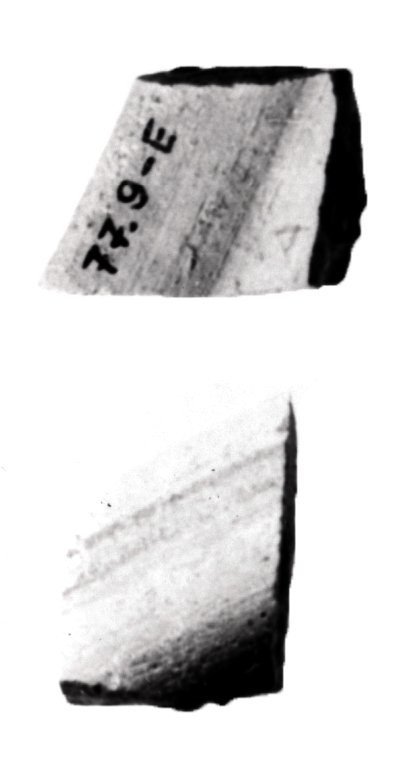
Fragment of a Bowl
Egyptian Art
| Place of production | Egypt |
|---|---|
| Date | 7th-1st centuries B.C. (664-30) |
| Object type | sculpture |
| Medium, technique | Bronze |
| Dimensions | 4.5 x 4.6 cm |
| Inventory number | 52.566 |
| Collection | Egyptian Art |
| On view | This artwork is not on display |
Apis, “the king of all sacred animals” in Egypt is depicted in this bronze statuette, probably dated to the Late Period. Thanks to the numerous positive characteristics attributed to bulls (procreative power, unfettered life energy), the Apis bull and its cult became part of the rituals connected to Egyptian kingship as early as the beginnings of the country’s written history. In the Late Period, votive bronze statues were produced and erected en masse to pay tribute to the Apis bull, which was considered the living image and earthly manifestation of Ptah.
The votive statuette shows the usual depiction of a bull striding forward with its left leg. Between his horns, the animal wears a sun disc adorned with an uraeus snake, while on its body, incised symbols specific to the Apis bull – such as the winged scarab, the fine shroud, and the vulture – can be observed. The triangular blaze engraved on its forehead was one of the distinctive physical characteristics of the sacred animal, based on which the priests of Memphis were able to choose the new earthly incarnation. A pin can be observed on the bottom of the pedestal.
This record is subject to revision due to ongoing research.